1. Treehouses
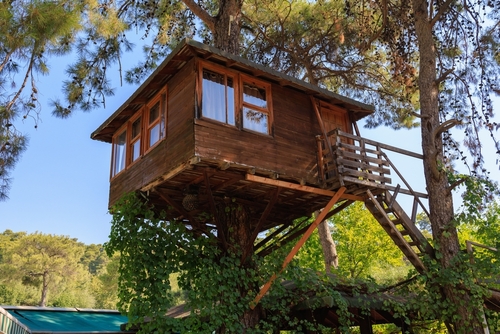
A treehouse is whimsical, but it doesn’t appeal to most buyers. Families with older kids may not need it, and others might worry about safety. Depending on construction, it may not even meet local codes. Instead of a fun feature, it becomes a liability.
Treehouses also age poorly. Wood deteriorates quickly outdoors, and repairs are rarely worth the effort. Many buyers see them as a structure they’ll eventually need to tear down. A well-kept yard without risky additions is far more appealing.
2. Ornate Fountains
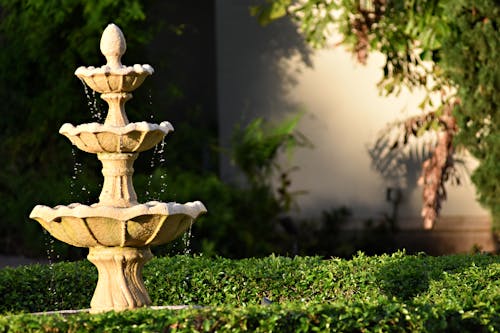
A big, ornate fountain might look impressive at first, but it rarely increases a home’s value. Most buyers see it as high-maintenance, especially since fountains need regular cleaning to prevent algae buildup. They also run up utility costs, both in electricity for the pump and water usage. For many homeowners, that translates to a hassle rather than a luxury.
Instead of adding charm, a fountain often feels out of place in smaller yards. Buyers may even see it as something they’ll need to remove, which adds expense for them. That perception can actually reduce a home’s appeal during showings. Simpler water features are usually more attractive and practical than over-the-top designs.
3. Outdoor Kitchens with Gourmet Appliances
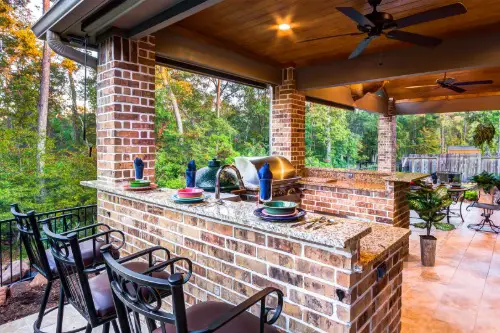
A fully equipped outdoor kitchen sounds luxurious, but it rarely pays off when selling a home. High-end grills, pizza ovens, and built-in fridges are expensive to install and often don’t match how most people use their outdoor spaces. Potential buyers may not cook outside often enough to see the value. What feels like a dream setup to one person can feel like wasted square footage to another.
Maintenance is another drawback that turns buyers off. Outdoor kitchens require upkeep against weather, rust, and pests. Replacing broken appliances or cabinetry outdoors is much pricier than indoors. Unless you live in a year-round warm climate, many buyers won’t see the point.
4. Decorative Garden Statues
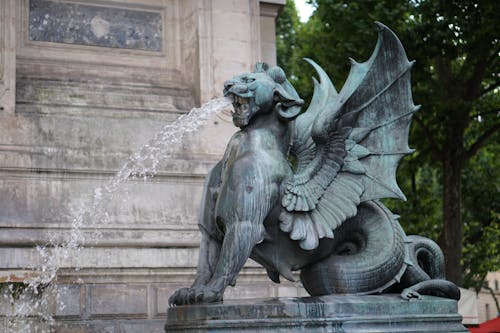
Marble cherubs or oversized sculptures may reflect personal taste, but they don’t translate into resale value. What looks elegant to you can look outdated or even gaudy to someone else. They can also make a yard feel cluttered instead of serene. Buyers want a blank slate, not a statement piece they didn’t choose.
These statues also come with logistical headaches. Heavy items can sink into soil or crack over time, requiring repair or removal. Moving them is often costly, which makes buyers think about added expenses. Neutral landscaping features are always more appealing to a broad market.
5. Exotic Plant Installations
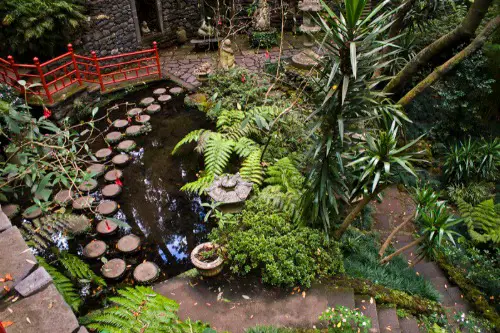
Planting rare palms, orchids, or tropical species may seem impressive, but it’s usually a money pit. Most exotic plants require constant care, specialized soil, or controlled environments. In many climates, they simply won’t survive without expensive maintenance. Buyers don’t want to inherit that responsibility.
Even if the plants look great at listing time, buyers know they may not last. A yard full of high-maintenance species can feel like a ticking time bomb of gardening chores. Native or drought-tolerant plants, on the other hand, are more appealing because they thrive with less effort. Exotic gardens are more about personal taste than market value.
6. Fire Pits with Custom Masonry
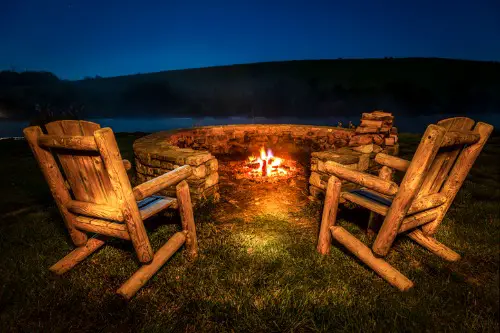
A simple portable fire pit can be a nice touch, but elaborate custom-built ones don’t usually add value. Brick or stone fire pits cost thousands and take up a permanent chunk of yard. For buyers who don’t enjoy entertaining outdoors, they’re just wasted space. Plus, some neighborhoods have restrictions on open flames.
Maintenance is another sticking point. Ash and soot buildup requires constant cleaning. Permanent installations also limit flexibility if a future owner wants to use the yard differently. Buyers usually prefer moveable or low-cost features they can tailor to their lifestyle.
7. Ponds with Fish
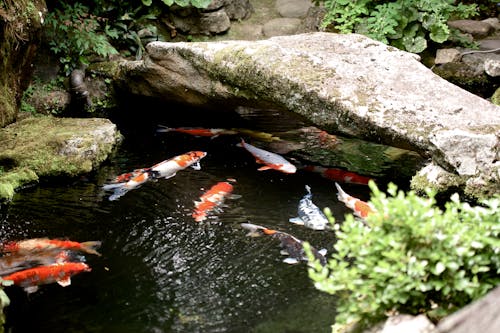
Adding a koi pond might sound charming, but most buyers won’t see it that way. They picture the time and cost needed to keep fish healthy and the water clear. Pumps, filters, and treatments aren’t cheap. For many, it feels more like adopting a pet than installing a feature.
Safety is another concern, especially for families with small kids. Open water, even shallow, can be a liability. Ponds also attract pests like mosquitoes if not perfectly maintained. Unless someone is already dreaming of a pond, it’s more of a negative than a selling point.
8. Gazebos
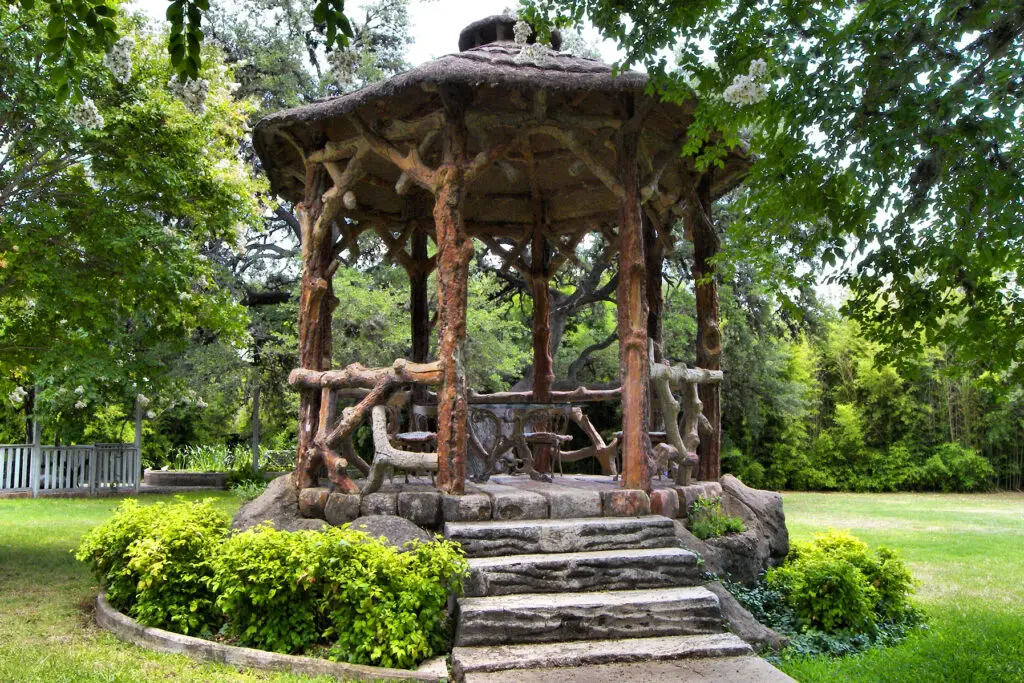
Gazebos look romantic in magazines, but they often underwhelm in real backyards. They take up significant space and require upkeep like painting and pest control. Unless it’s a particularly large property, they can feel like they’re crowding the yard. Buyers frequently see them as more decorative than functional.
In many cases, they’re rarely used. Shade can usually be achieved with cheaper, more flexible options like pergolas or umbrellas. Because gazebos are fixed structures, buyers can’t easily adapt them to their needs. Most would rather invest in a deck or patio upgrade.
9. Built-in Barbecue Islands
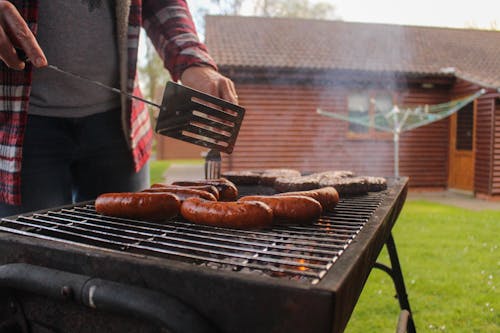
Like outdoor kitchens, barbecue islands are highly personal upgrades. They cost a lot to build but aren’t universally useful. Buyers with their own grilling preferences may not want what’s already there. An oversized grill setup can actually feel like wasted space in a yard.
Weather exposure is another factor that makes them less appealing. Even covered grills wear down faster outdoors. Repairs or replacements are not only costly but also inconvenient. Most buyers would rather bring their own portable grill.
10. Hot Tubs
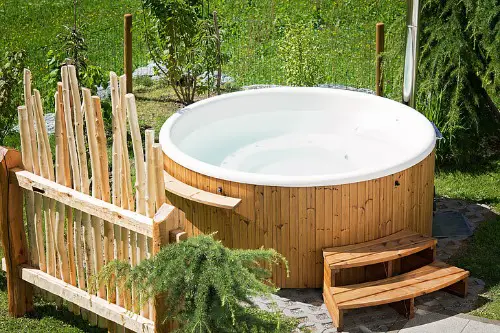
A hot tub might feel like peak backyard luxury, but it often hurts resale value. They require constant chemical treatments, cleaning, and electrical upkeep. For some buyers, they bring up hygiene concerns, especially if the tub is older. Others worry about ongoing utility costs.
Hot tubs also don’t age gracefully. Cracks, mildew, and outdated designs can make them an eyesore. Removing or replacing one is expensive, which turns buyers off. Unless you’re in a vacation market, hot tubs are more hassle than selling point.
11. Putting Greens
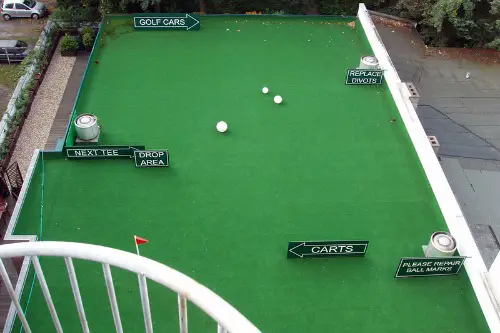
For golf lovers, a backyard putting green seems like paradise. But most buyers won’t use it and may resent losing lawn space. Synthetic turf installations are pricey and don’t blend well into many landscapes. It feels like a niche feature, not a universal benefit.
Maintenance can also be trickier than it seems. Even artificial turf requires cleaning and occasional replacement. Natural grass putting greens demand constant mowing and rolling. Unless a buyer is a golfer, this is just another project they’ll need to undo.
12. Outdoor Sound Systems
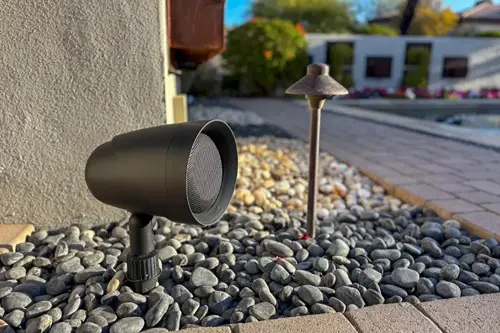
Built-in outdoor speakers can date quickly as technology changes. What was “state-of-the-art” five years ago might not integrate with today’s smart devices. Buyers often prefer wireless options they can set up themselves. Hardwired systems feel more like a limitation than a perk.
Exposure to weather also shortens the lifespan of these systems. Even high-quality outdoor speakers eventually corrode or fail. Replacing them can be a costly and inconvenient task. Most buyers will simply see it as outdated tech they don’t need.
13. Elaborate Lighting Displays
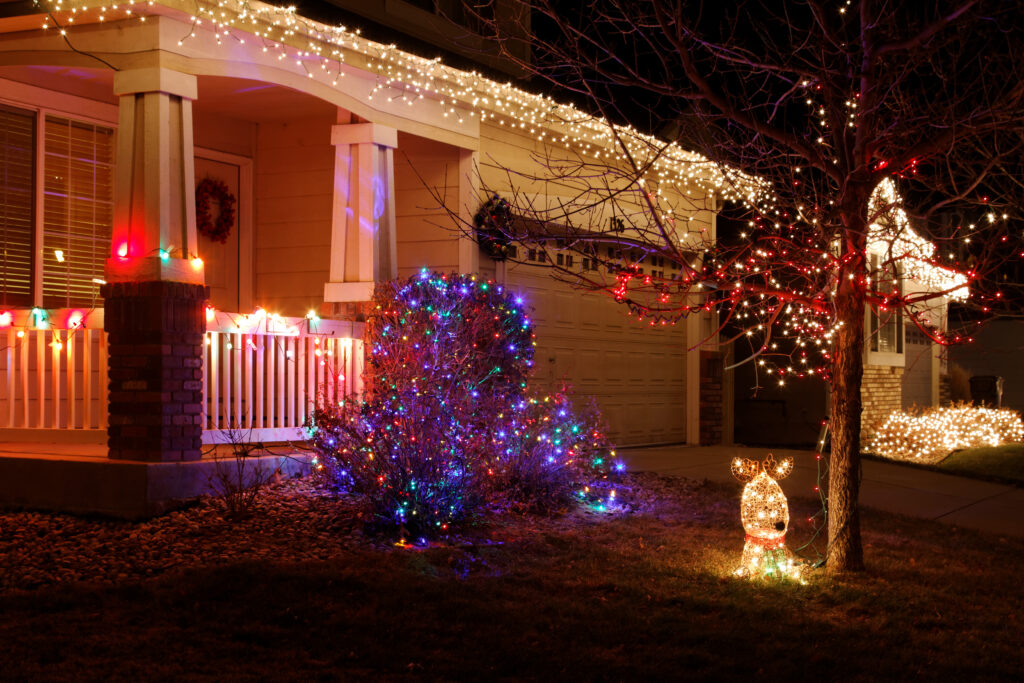
Landscape lighting can be beautiful, but going overboard is a mistake. Complex, color-changing systems or overly dramatic fixtures can feel excessive. They also drive up energy bills and require regular bulb or wiring replacements. Buyers tend to prefer simple, functional lighting over theatrical displays.
The style of lighting is also very personal. What feels modern to one buyer may feel tacky to another. When a system is already installed, buyers may feel stuck with it or face removal costs. Subtle path or accent lights are usually much more appealing than flashy designs.
14. Tennis or Sport Courts
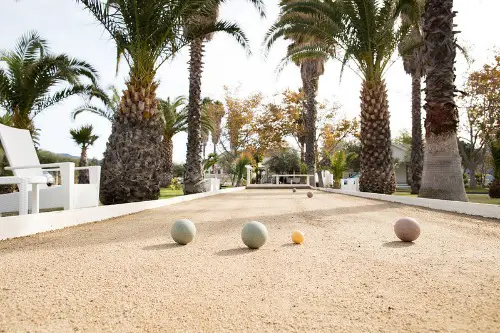
Building a sport court is a serious investment that almost never adds to resale value. They require a lot of flat space, which eliminates usable yard area for other activities. Unless a buyer is an avid player, they’ll see it as wasted land. In fact, some may budget for tearing it out.
Upkeep is another issue. Courts need resurfacing and cleaning to stay safe and usable. Cracks or weeds popping through can make them look neglected. Buyers are far more likely to prefer a simple lawn or patio area.
15. Oversized Swimming Pools
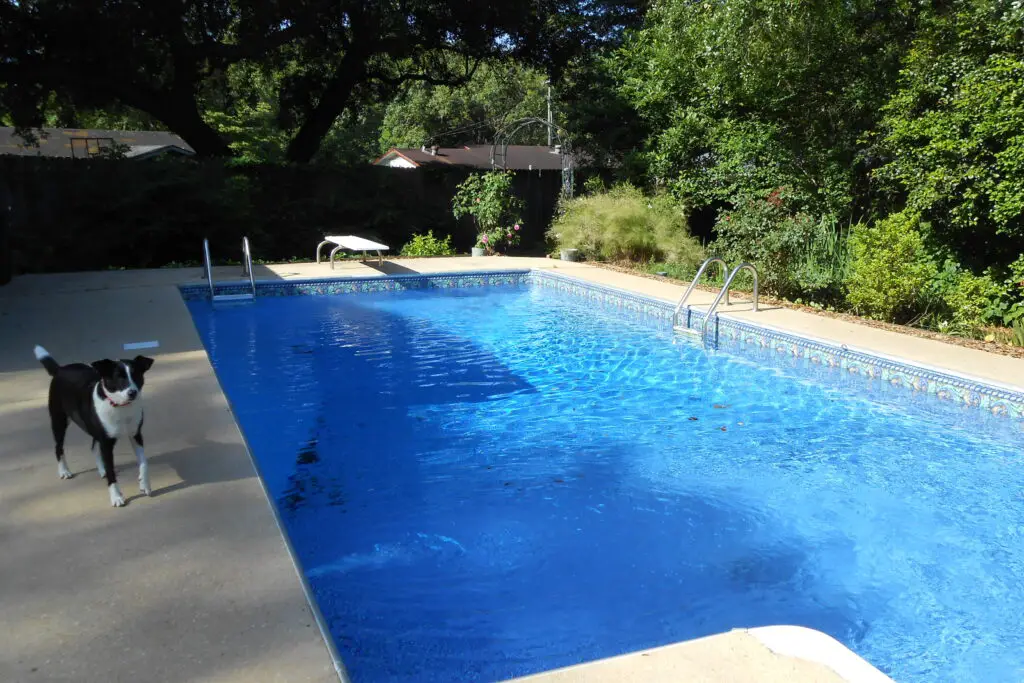
Pools are one of the most controversial backyard features. They’re undeniably fun, but they rarely return the money spent on installation. The cost of chemicals, heating, and insurance makes them a financial burden for many buyers. Families with small children often see them as a safety hazard rather than a perk.
A pool can also limit how the backyard is used. Large pools leave less space for lawns, gardens, or entertaining areas. Buyers in cooler climates, especially, won’t use it often enough to justify the expense. Unless someone is specifically shopping for a pool, it usually doesn’t add value.
This post 15 “Luxury” Garden Features That Never Add Value was first published on Greenhouse Black.
